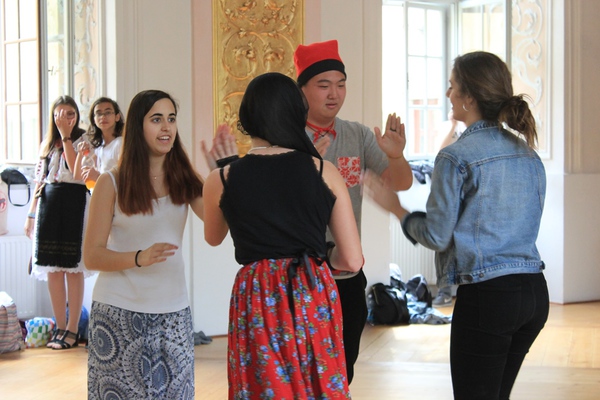Austria
The traditional dances chosen by the Austrian students were the Polka, the Waltz and the “Schuhplattler”. What made the presentation special was that the students were dancing to traditional live music played by a part of the school orchestra.
The Austrian students first showed the Polka and Waltz and afterwards each one of them showed her or his host student, how to do the dances. The “Schuhplattler” is a bit more difficult, that’s why only the Austrian dancers showed it to the others without teaching them how to do it.
The Austrian students were wearing typical leather trousers and Dirndldresses.
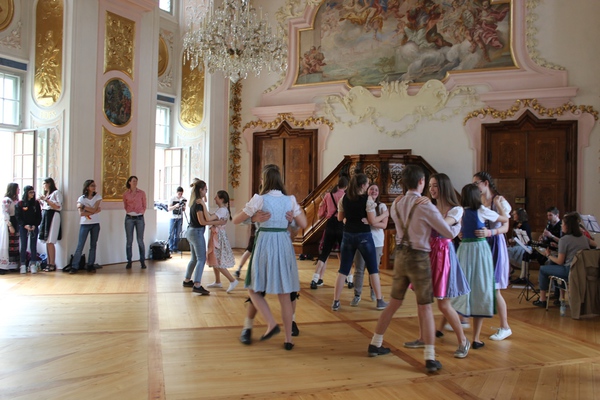
Cyprus
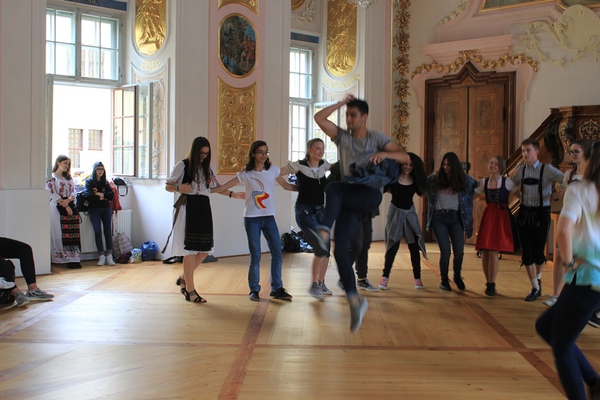
Greece
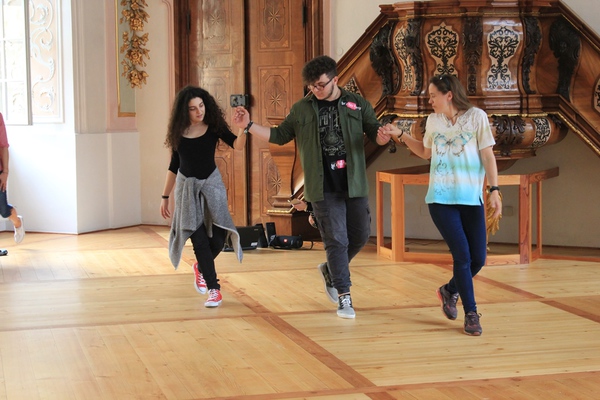
Poland
KRAKOWIAK - Traditional Polish dance /Wikipedia https://en.wikipedia.org/wiki/Krakowiak/
The Krakowiak or Cracovienne is a fast, syncopated Polish folk dance in duple time from the region of Kraków and Lesser Poland. The folk outfit worn for the dance has become the national costume of Poland, most notably, the rogatywka peaked hat with peacock feathers.
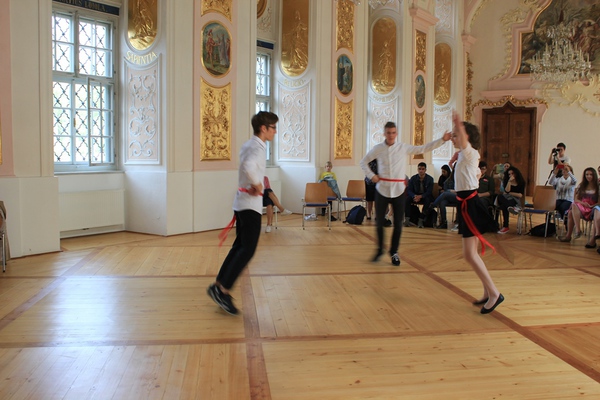
Romania
CIULEANDRA
Ciuleandra is a popular dance from Muntenia, with a fast accelerating rhythm following the melody with the same name. The dance starts as a "horă", a traditional Romanian dance (a type of circle dance originating in the Balkans). At the beginning, the dance is very slow but then it turns into a whirlwind of shouts on the beat of the rhythm. It is also considered a dance of destiny where many find their soul mate.
The dance has an ancient origin and was practised as a kind of initiation ritual. Ciuleandra or Şuleandra is like the old ritual performed by the Getae used to send a messenger to the god Zamolxis. Once every four years, the priestesses of the sun were engaged in a rhythmic dance, a ceremony that preceded the sacrifice of the Chosen One. At the physical death of the Chosen One, the Getae released a shout of joy. The tradition of the dance continued especially in Muntenia at the festivities taking place around solstices and it is related to the celebration of the Sânziene nights.
"Ciuleandra" is a compound word from "ciul" which comes from the Romanian "ciulin" (thistle) and "leandră", which in popular terminology has the meaning of a disordered movement, randomly, without any meaning. The suggested similarity between the disordered, random movement of the thistles and that of the girls touched by the thrill of the first love is not accidental, considering that we find similar rituals in the case of the Sânziene.
We dare to believe that the Sânziene or the Drăgaica represent the late forms of the Ciuleandra myth, the Sânziene name being of Dacian-Roman origin, and the Drăgaica overlapped that of the Sânziene in an even later period, namely that of the Slavic influence on the Romanian vocabulary.
In Romania, Ciuleandra is especially known as a dance and melody with an accelerated progressive rhythm, specific to Muntenia region, and this is not accidental, as Muntenia is a sunny land, an ethno-geographical area where a strong worship of the sun developed, where the vegetation, dominated by the overflowing vitality of the thistles blends happily with people's vitality and love of life and nature.
In conclusion, the Ciuleandra myth is one of the oldest myths dedicated to the solar cult, whose area of spread is the East and South-East European space.
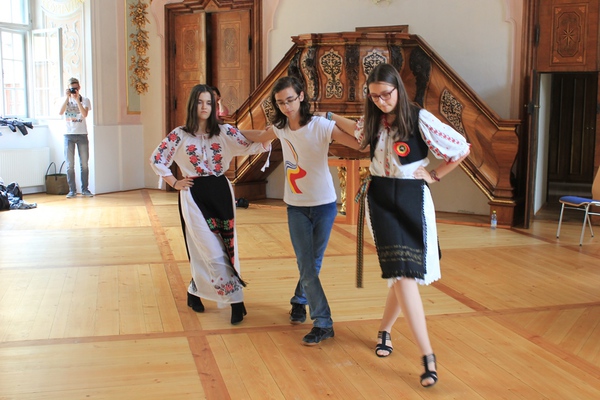
Spain
